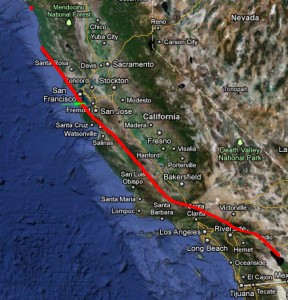California is one of the most pleasant places to live but is a state that is at continuous risk for earthquake damage. That’s why certain precautions have been developed to reduce the risk of damage to homes when it comes to earthquakes. Whether you live right on the fault line or nearby, like in Albany, Piedmont, or anywhere in the vicinity it is important to understand the potential damage that your home can experience and how to prevent it by seismic retrofitting it.
Sliding
When an earthquake happens in your area, it moves the ground underneath your home, causing your house to shake and shift. While many repairs are minimal or don’t occur at all, there is a chance that your house can slide. Some homes are built on cripple walls, while others are built on mudsills. In either case, older homes don’t always have preventative measures in place to protect them during an earthquake. Over time, the house eventually slides to one side or the other and may eventually teeter off altogether. Seismic retrofitting can prevent this event by using braces that attach to your existing foundation and prevent the house from moving to either side.
Racking
Racking isn’t something that happens to your house, but it is one of the events that can cause the most damage to your house. Racking occurs when your cripple walls collapse or buckle. Imagine that you had a small bookshelf with a heavy television on top of it. If your bookshelf doesn’t have any bracing on the back of it to keep it standing, it will eventually fold in on itself, causing the television to fall off of it. In essence, this is what happens to your house when the cripple walls fold. Again, seismic retrofitting adds to the structure of the cripple walls so that they won’t buckle or collapse if a seismic event occurs.
Overturning
In some cases, the house overturns completely. This happens when the home is actually lifted from the foundation on one side or the other and the weight of the house causes it to overturn altogether. This would either take a significant earthquake or a multitude of earthquakes that had caused previous damage you may not be aware of. In any case, another element of seismic retrofitting is inspecting and securing the house to the foundation so that this event doesn’t occur.
Keep in mind that older homes simply weren’t built with the elements that are available today. If you live in an older home or you are building one now and want to make sure it’s secure, contact Montclair Construction today to schedule an inspection and learn about seismic retrofitting your home.


